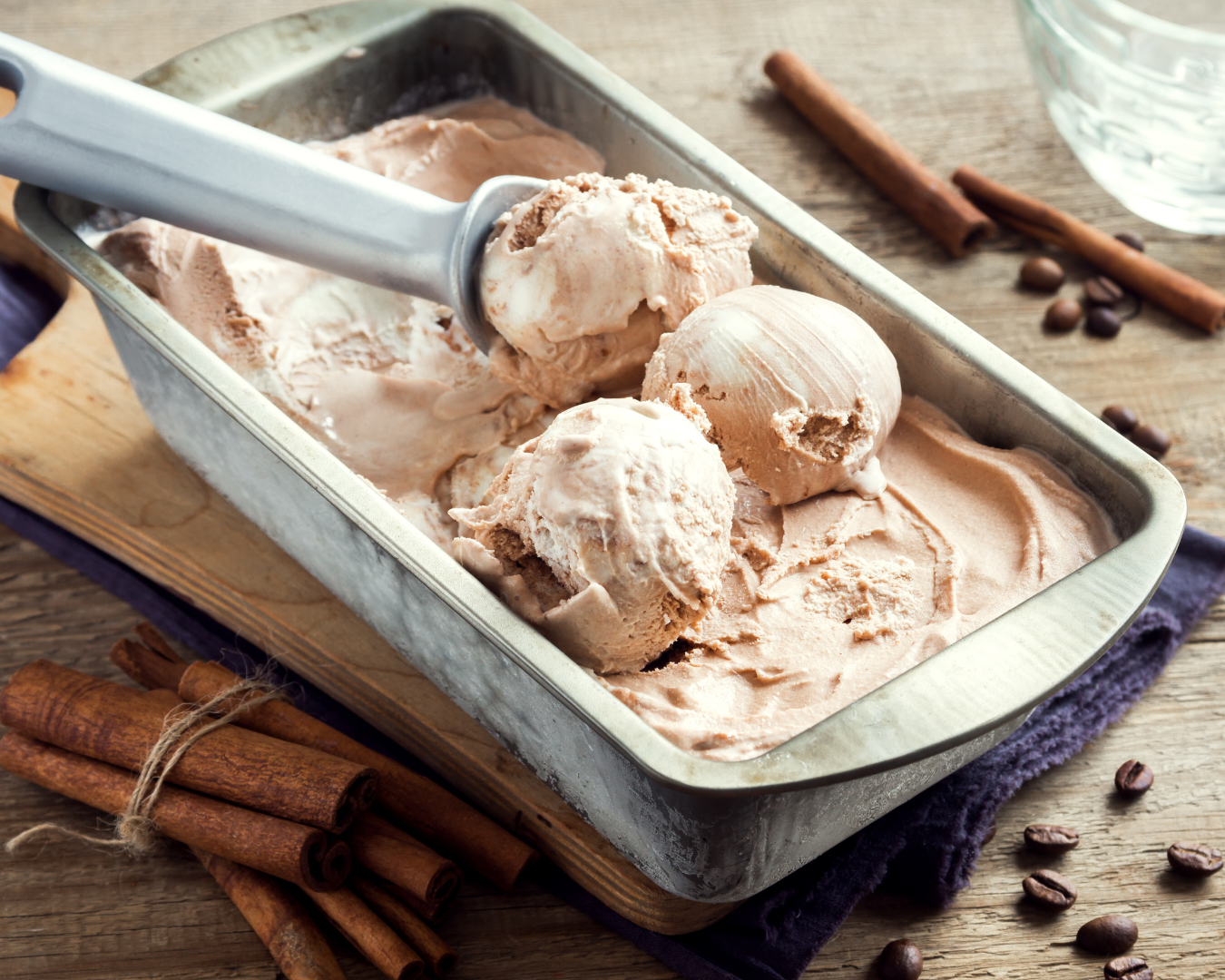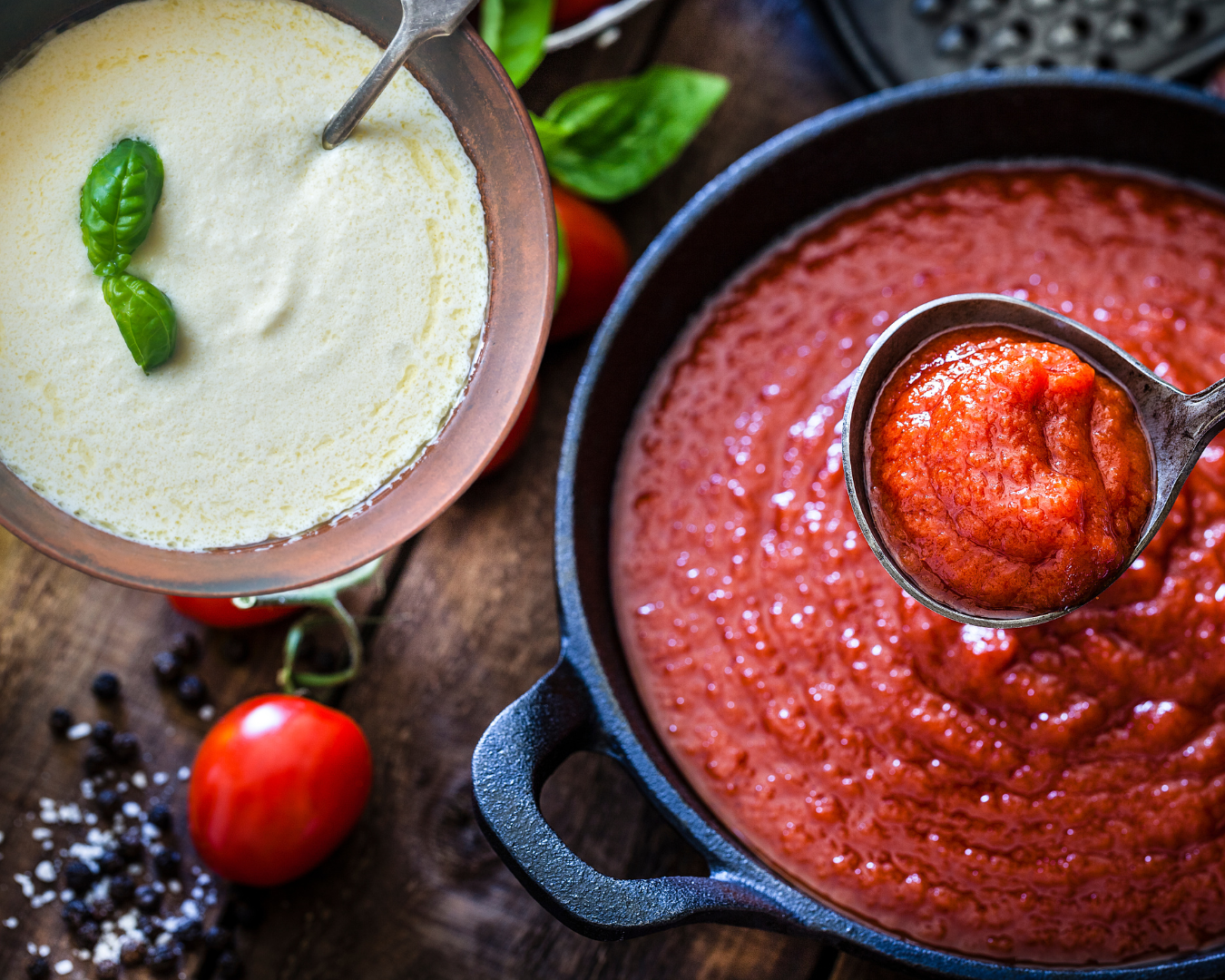Food waste is a significant issue in modern households, contributing to environmental problems and unnecessary spending. However, with a bit of creativity, you can transform leftovers into delicious new meals, significantly reducing waste and making the most of your groceries. Here’s how you can use leftovers creatively and efficiently in your kitchen. The Benefits of Using Leftovers 1. Reducing Food Waste: Utilizing leftovers helps minimize the amount of food that ends up in the trash, contributing to a more sustainable environment. 2. Saving Money: By repurposing leftovers, you can extend the life of your groceries, reducing the need to buy new ingredients and helping you save on food costs. 3. Saving Time: Using pre-cooked ingredients can drastically cut down on meal preparation time, making it easier to whip up a quick and nutritious meal. 4. Enhancing Creativity: Finding new ways to use leftovers can be a fun and creative culinary challenge, inspiring you to experiment with flavors and cooking techniques. Tips for Using Leftovers Creatively 1. Plan Ahead: When cooking, think about how you can repurpose leftovers. Preparing larger portions with the intention of using the leftovers in new dishes can streamline your meal planning. 2. Store Properly: Proper storage is crucial to keep leftovers fresh. Use airtight containers and label them with the date. Store perishables in the refrigerator and freeze items that you won’t use within a few days. 3. Mix and Match: Combine leftovers with fresh ingredients to create new dishes. For example, leftover roasted vegetables can be added to a fresh salad, or yesterday’s rice can be turned into a flavorful fried rice with some additional vegetables and protein. Creative Ideas for Leftover Meals 1. Soups and Stews: Leftover meats, vegetables, and grains can be turned into hearty soups and stews. Simply simmer them in a broth, add some herbs and spices, and you have a comforting meal. 2. Frittatas and Omelets: Eggs are a great way to bind leftovers together. Mix leftover vegetables, meats, and cheeses into a frittata or omelet for a quick and nutritious breakfast or lunch. 3. Stir-Fries: Stir-fries are versatile and quick. Toss leftover meats, vegetables, and rice or noodles in a hot pan with some soy sauce, garlic, and ginger for a delicious and easy meal. 4. Casseroles: Combine leftovers in a baking dish, top with cheese or breadcrumbs, and bake until bubbly for a satisfying casserole. This works well with leftover pasta, grains, and proteins. 5. Wraps and Sandwiches: Transform leftovers into wraps or sandwiches. Leftover roasted chicken, grilled vegetables, and even salads can be wrapped in tortillas or layered between slices of bread for a tasty and portable meal. 6. Salads: Many leftovers can be turned into a fresh salad. Add leftover proteins like chicken or beef to a bed of greens, toss in some veggies, nuts, and a simple dressing for a nutritious and balanced meal. 7. Smoothies: Overripe fruits and even some vegetables can be blended into smoothies. Add a banana, some greens, yogurt, and a handful of berries for a delicious and healthy drink. 8. Pizza Toppings: Use leftovers as pizza toppings. Spread some tomato sauce on a pizza crust, add your leftovers, sprinkle with cheese, and bake until golden and bubbly. While using leftovers creatively is great, it’s also important to prevent having too many leftovers in the first place. Here are some tips: 1. Plan Meals: Plan your meals for the week and make a shopping list to avoid buying excess food. 2. Portion Control: Cook the right amount of food for your needs. If you frequently have too many leftovers, adjust your portion sizes. 3. Use What You Have: Before grocery shopping, check your fridge and pantry to see what needs to be used up. Plan meals around those ingredients. Reducing food waste in the kitchen is not only environmentally responsible but also beneficial for your wallet and time management. By using leftovers creatively, you can make the most of your groceries, save money, and enjoy a variety of delicious meals. With these tips and ideas, you can transform your approach to leftovers and make a positive impact on your household and the environment. So, next time you have leftovers, look at them as an opportunity to get creative in the kitchen!










